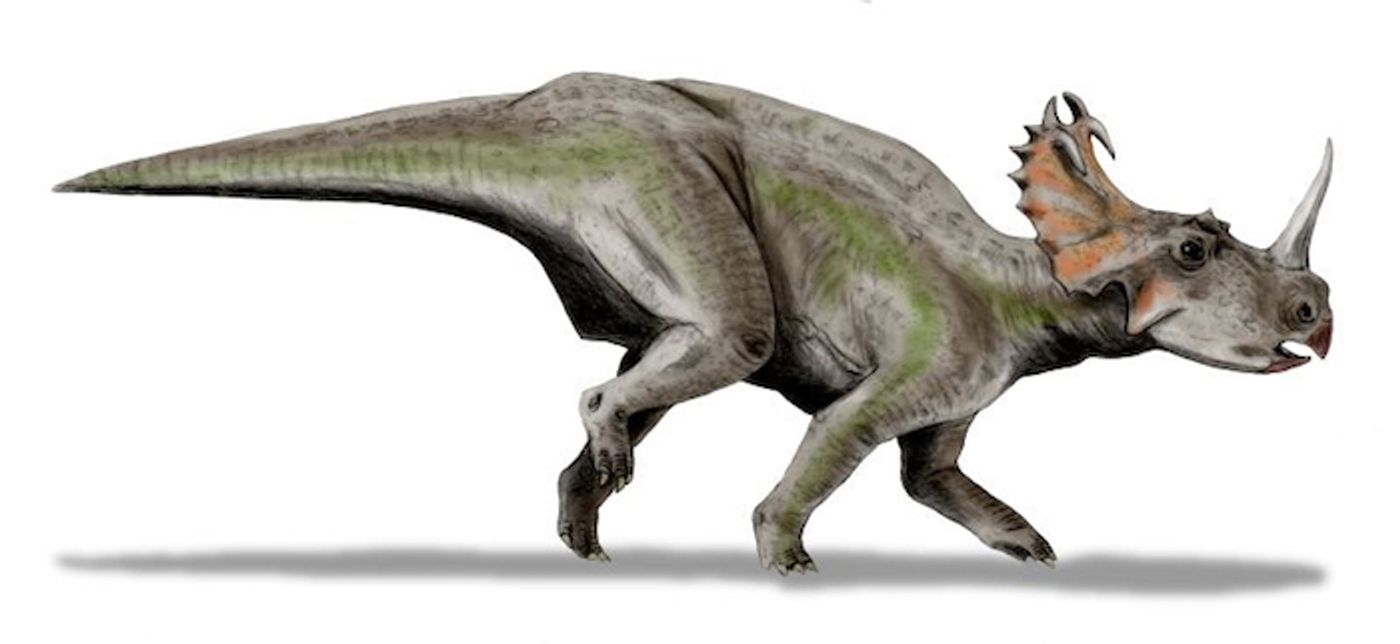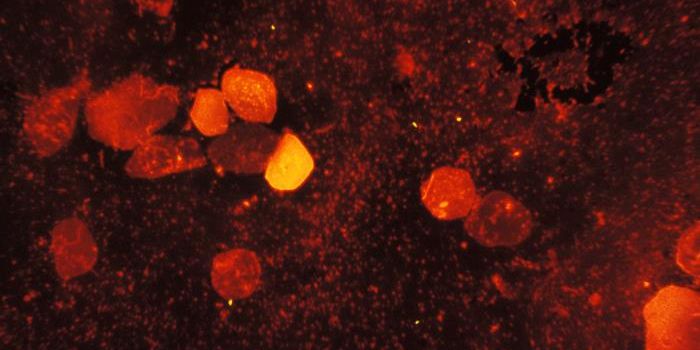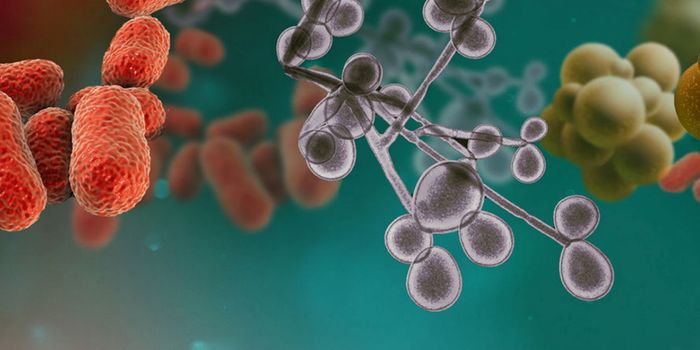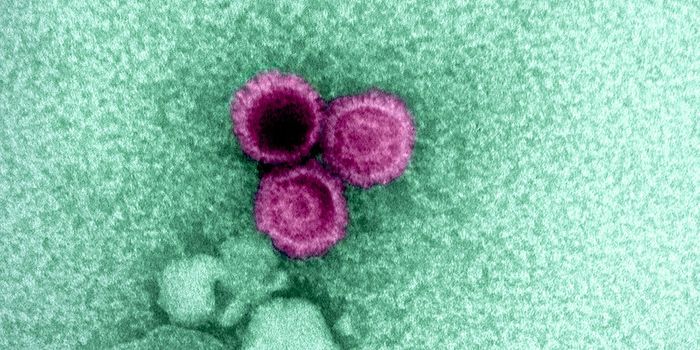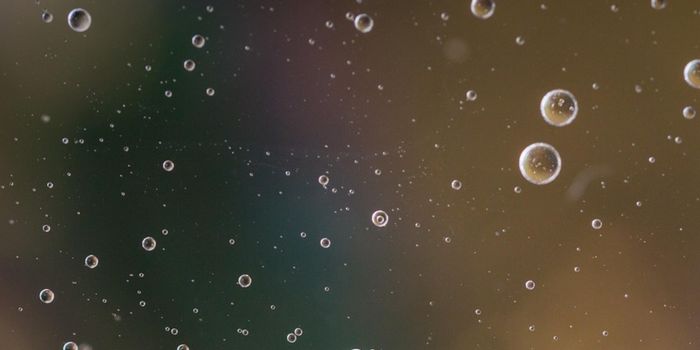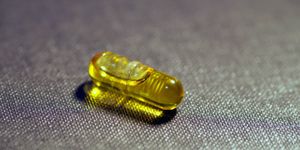Microbial Communities Found in Dinosaur Bones
Recent research has shown that creating a real-life Jurassic Park will be incredibly challenging or impossible; scientists were able to extract modern microbes from dinosaur fossils, but not any genetic material. DNA isn't stable enough to remain intact over millions of years. The scientists also searched for collagen protein in the skin and bone of dinosaur fossils, but couldn't recover any. What they found, however, was a ton of modern microbes that had taken up residence in the ancient bones. The work, which calls other findings into question, has been reported in eLife.
"This is breaking new ground - this is the first time we've discovered this unique microbial community in these fossil bones while they're buried underground," said the lead study author Evan Saitta, a postdoctoral researcher at the Field Museum. "And I would say that it's another nail in the coffin in the idea of dinosaur proteins getting preserved intact."
Saitta's graduate work studied the fossilization and degradation of soft tissue. "Some molecules can survive in the fossil record, but I suspect proteins can't; they're unstable on those timescales in the conditions of fossilization," noted Saitta.
There have been reports of paleontologists identifying very well preserved traces of collagen protein, as well as bone and blood cells. Saitta wanted to verify these claims independently, so he carefully analyzed dinosaur fossils in a sterile environment, where contamination wouldn't introduce proteins or microbes and create a false positive.
He gathered the samples that he studied from Dinosaur Provincial Park in Alberta, Canada. "There's a single layer where there's practically more bone than rock, it's ridiculous how concentrated the bones are," said Saitta.
Digs that take a long time can also introduce contaminants, so the site was a good choice for rapid excavation of samples - fossils from a small Triceratops cousin called Centrosaurus that were about 75 million years old were recovered quickly. The findings were compared to shark teeth that are several thousand years old and modern chicken bones after confirming that contamination was not introduced to any of the specimens.
While they did not find any genetic material or collagen proteins in the teeth or fossils, the scientists found microorganisms. "We see lots of evidence of recent microbes. There's clearly something organic in these bones," said Saitta. "We found non-radiocarbon dead organic carbon, recent amino acids, and DNA in the bone; that's indicative that the bone is hosting a modern microbial community and providing refuge."
He suggested that researchers that are reporting finding soft tissue in fossils are actually seeing microbial colonies that form biofilms.
"I suspect that if we began to do this kind of analysis with other specimens, it would begin to explain some of the so-called dinosaur soft tissue discoveries," he added.
These microbes aren't exactly like common microbes we know a lot about, however. "It's a very unusual community. Thirty percent of the sequences are related to Euzebya, which is only reported from places like Etruscan tombs and the skin of sea cucumbers, as far as I know," explained Saitta.
The researchers don't know how or why the microbes ended up there, but they aren't surprised. "Fossil bones contain phosphorus and iron, and microbes need those as nutrients. And the bones are porous--they wick up moisture. If you were a bacterium living in the ground, you'd probably want to live in a dinosaur bone," said Saitta. "These bacteria are clearly having a jolly good time in these bones."
Sources: AAAS/Eurekalert! via Field Museum, eLife
